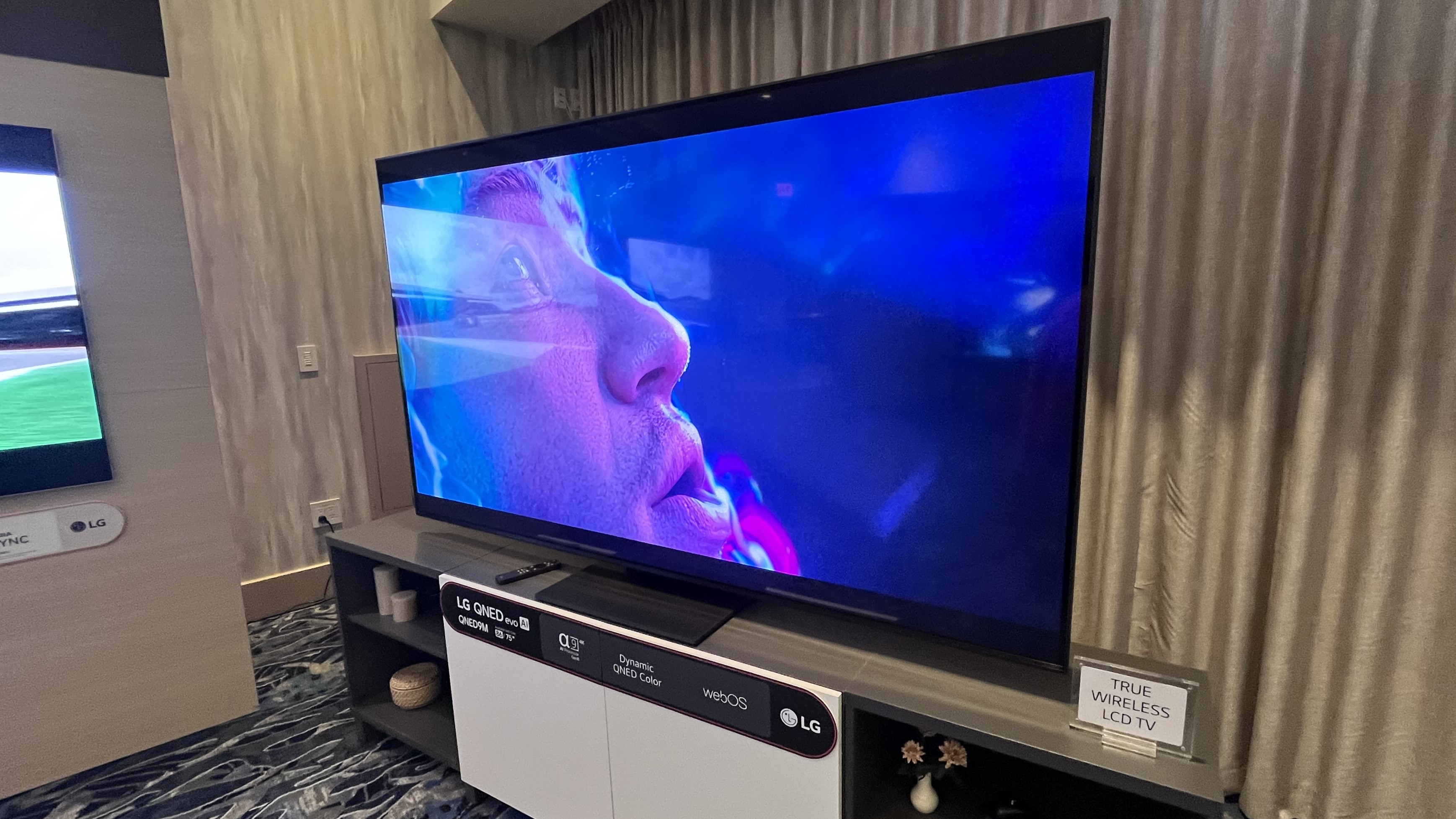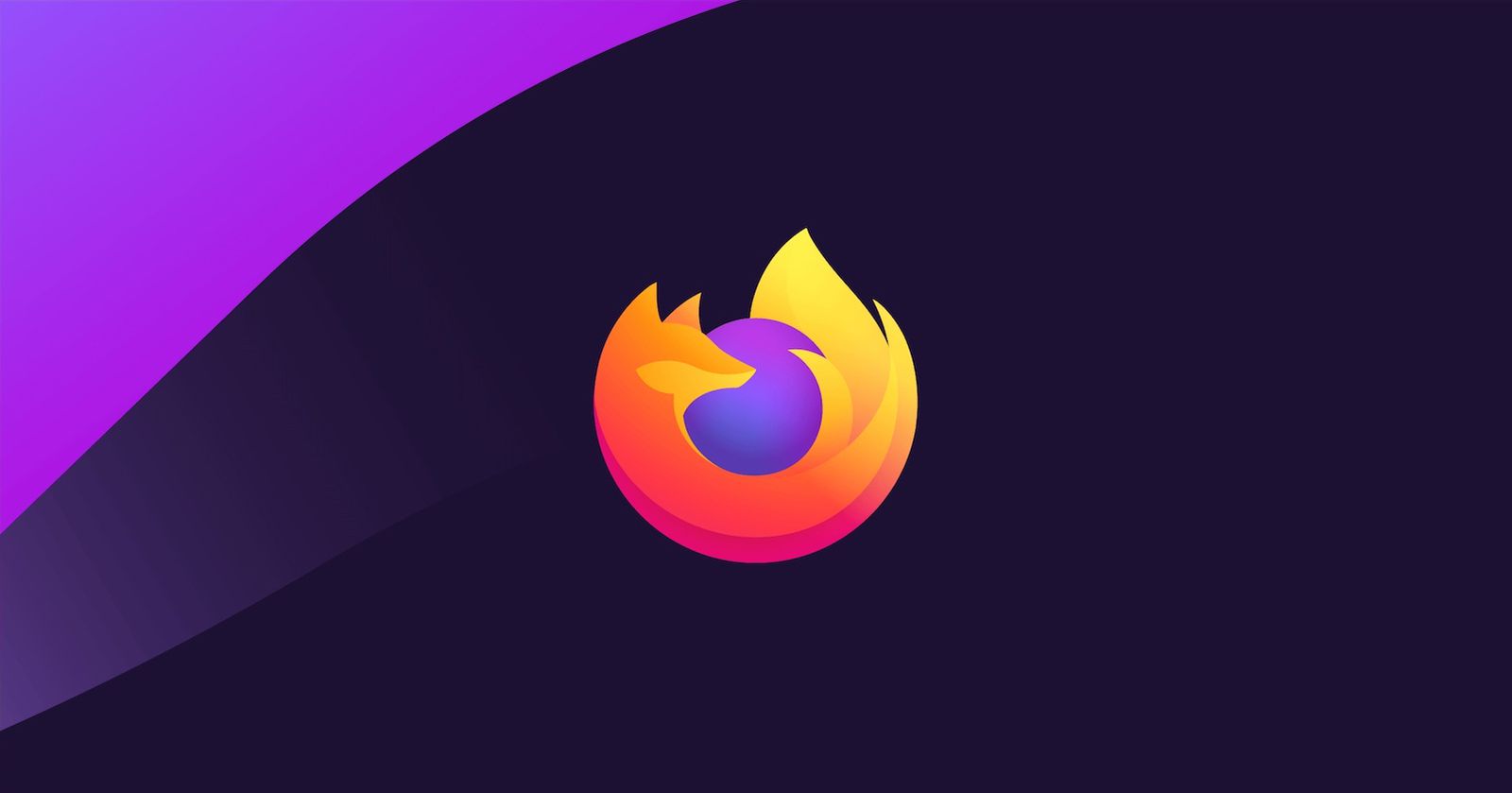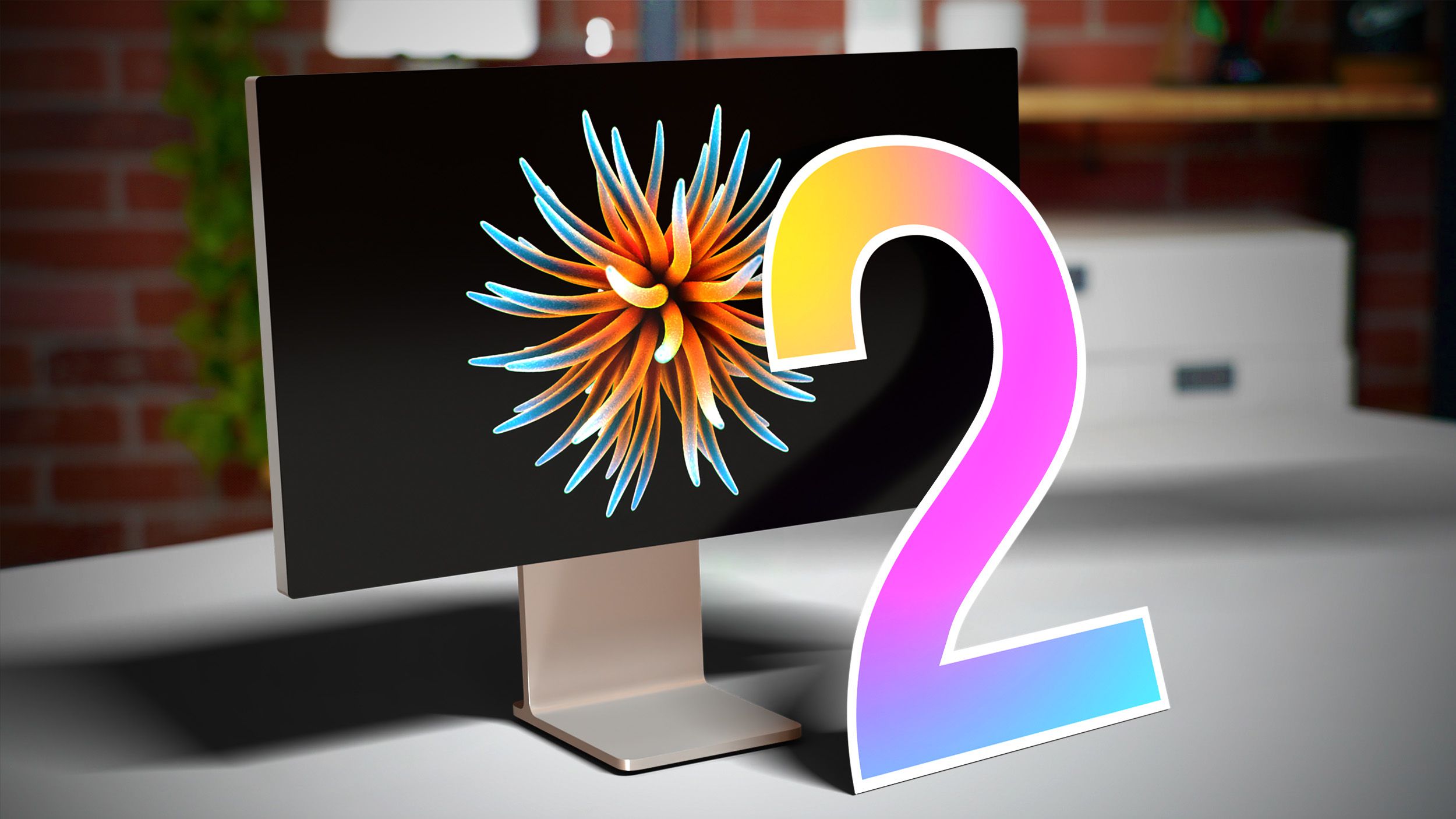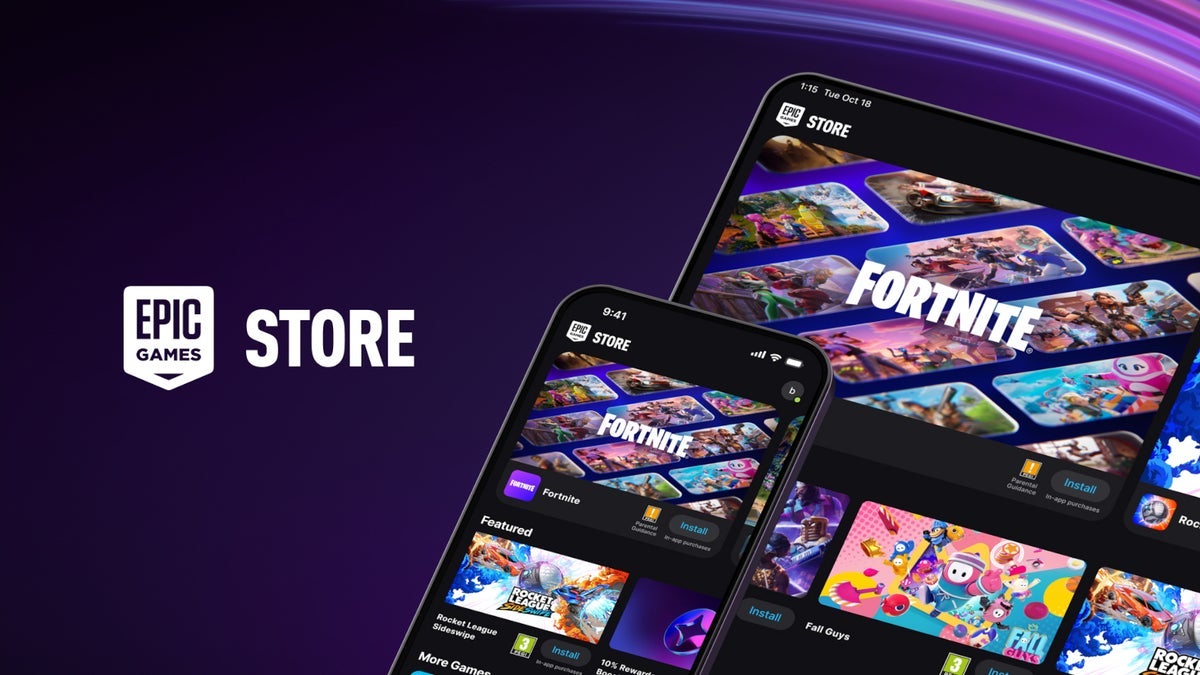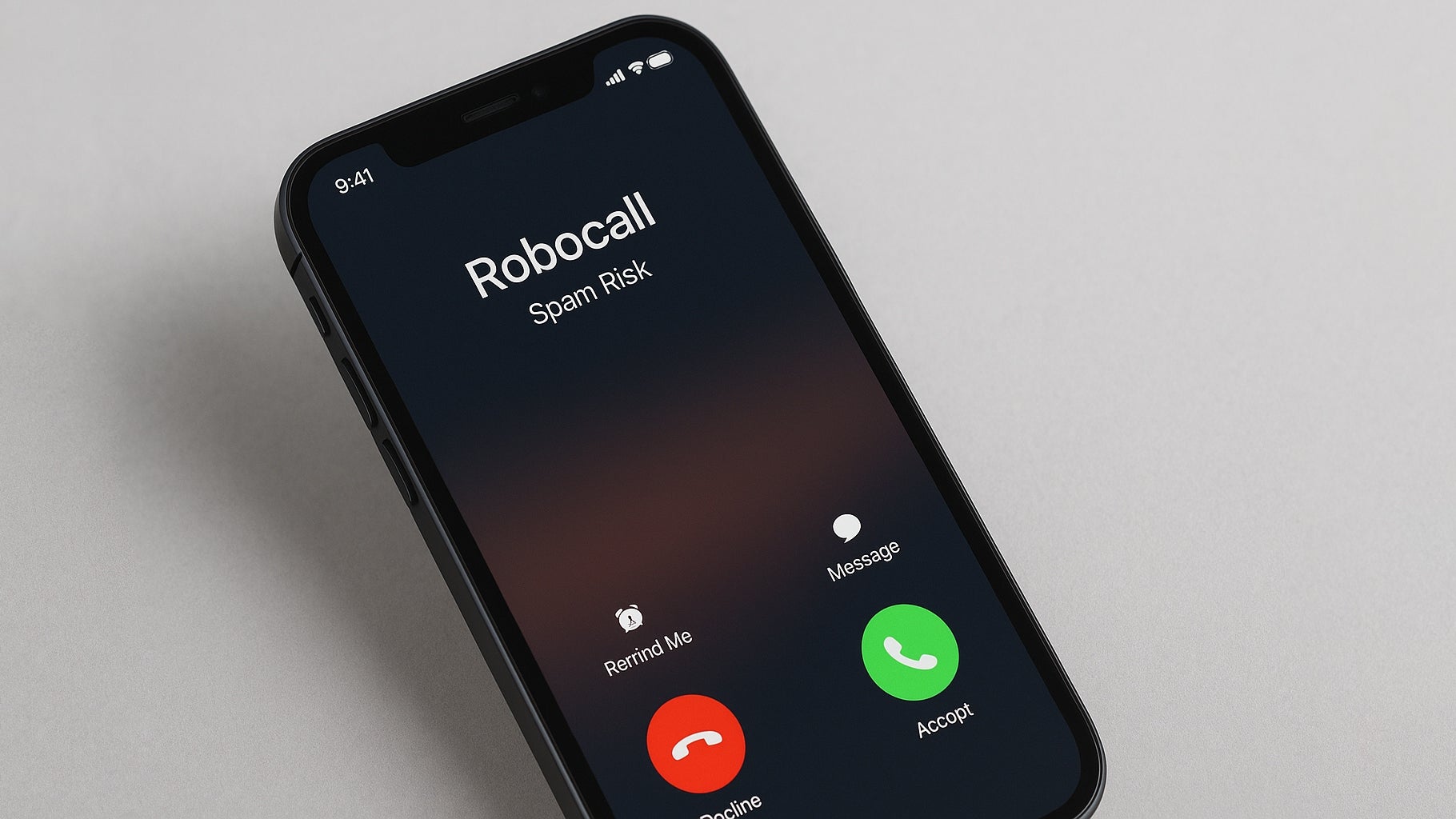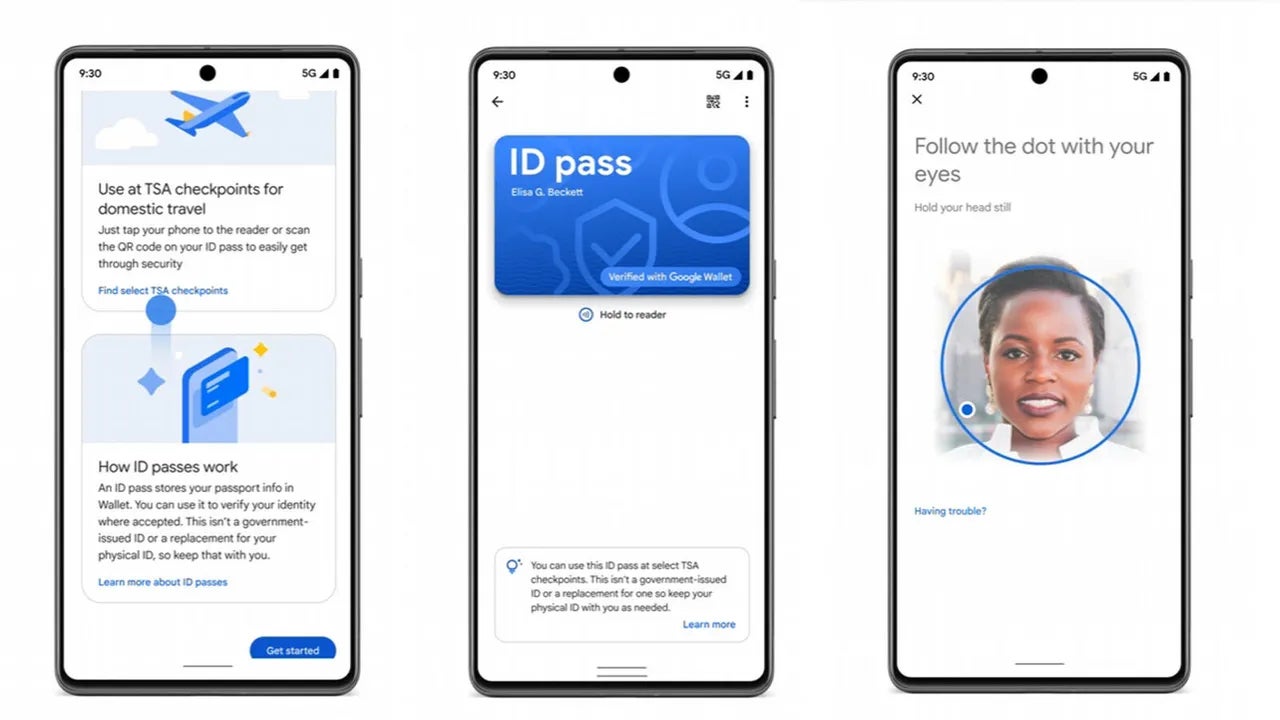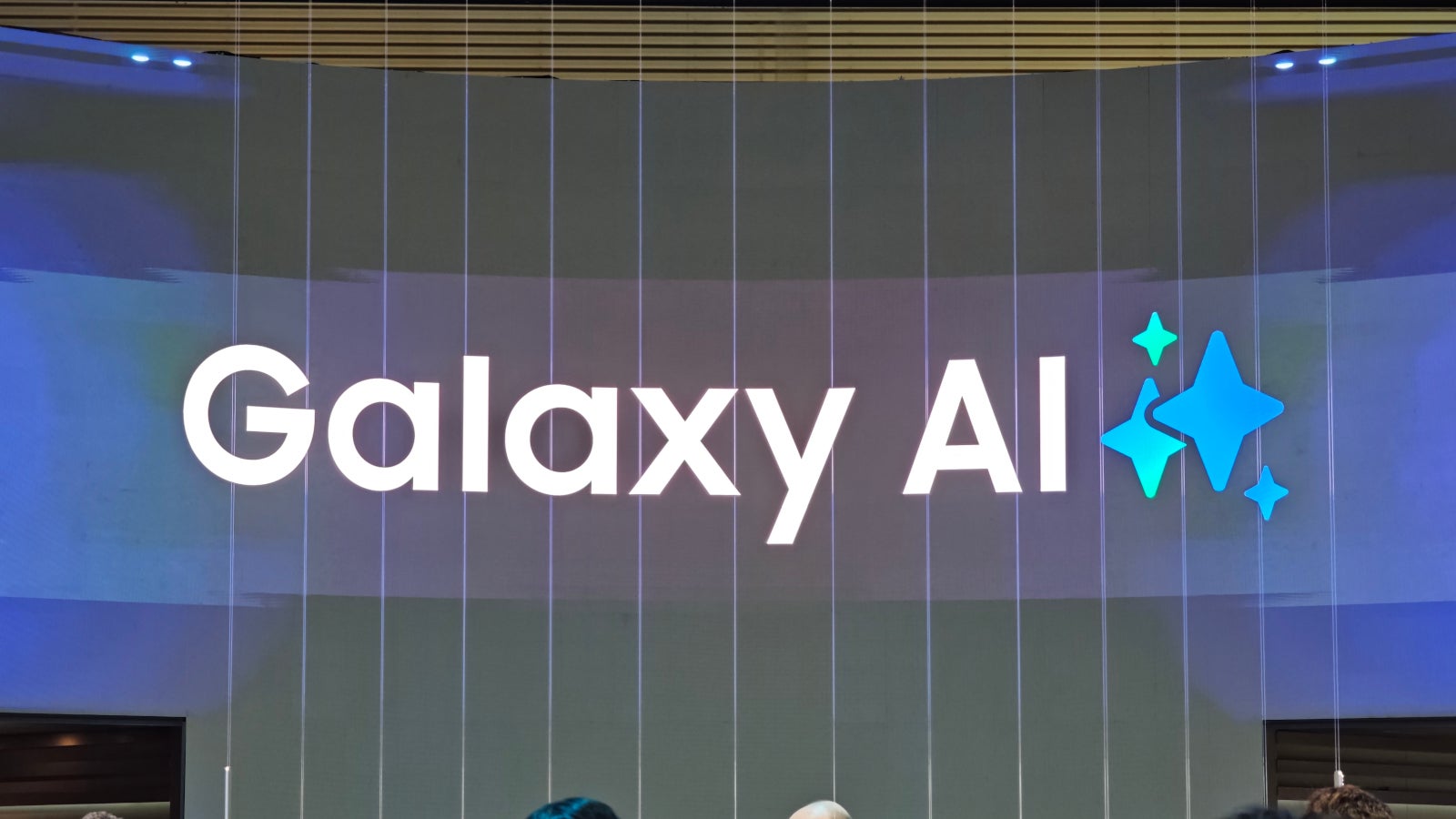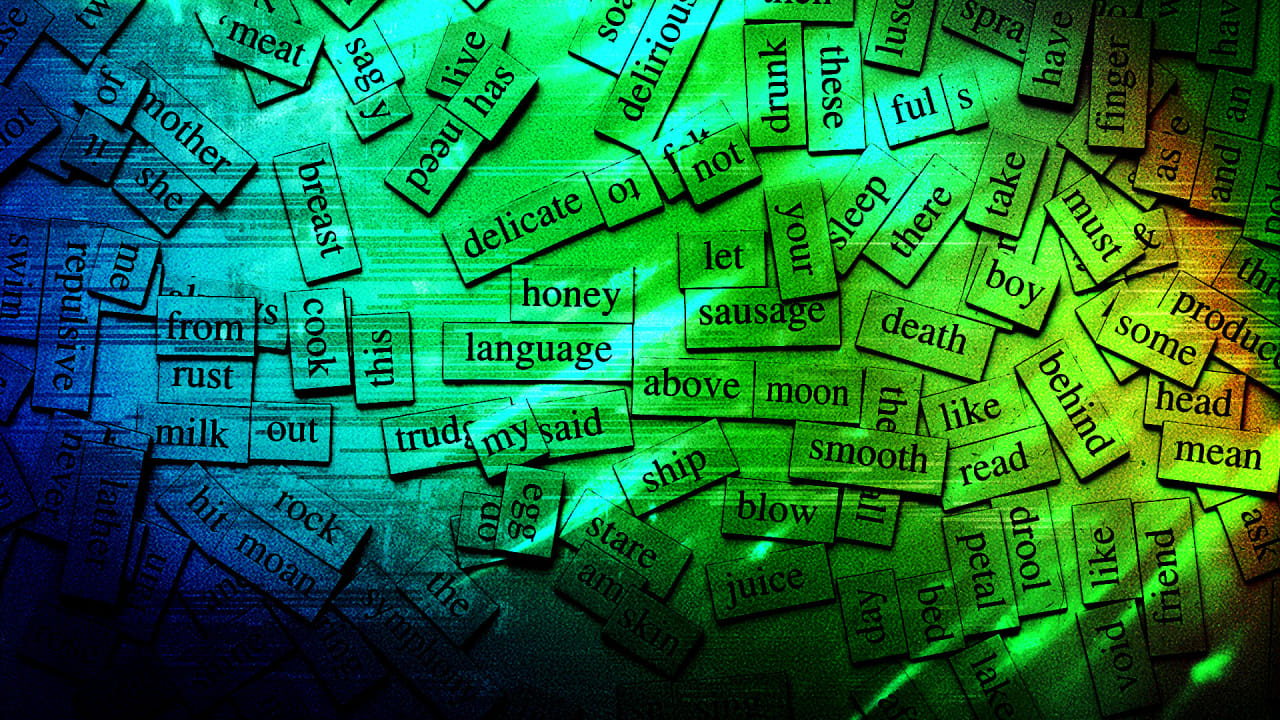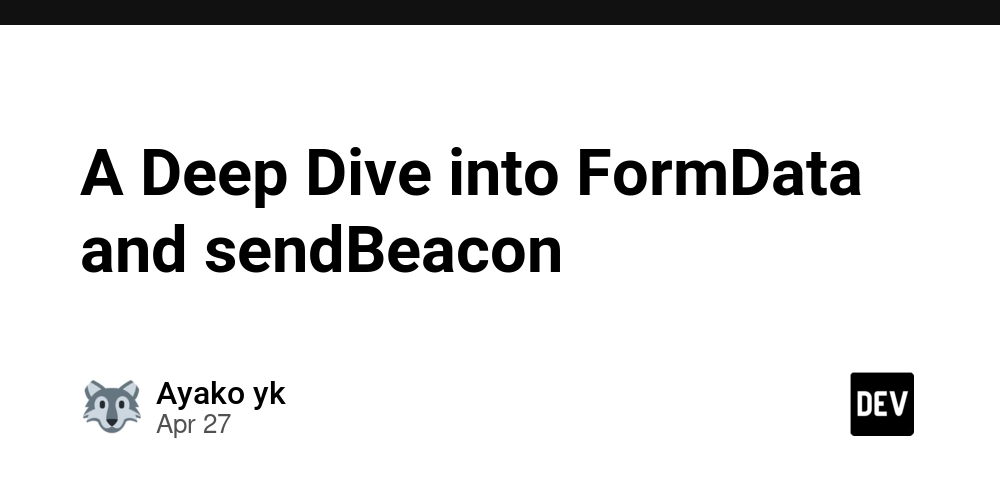From Full Stack Freelancer to Micro SaaS Founder: Vibe coding as a Solo Developer
After four years as a freelance full-stack developer, I decided to join the indie hacking movement and build my own micro SaaS. The result? StickersAI – an AI-powered sticker generator that creates custom stickers from text prompts. The Unexpected Journey I had spent years comfortable in my code editor, building products for clients. When I decided to create StickersAI, I naively thought that development would be the challenging part. I couldn't have been more wrong. While building the product was straightforward for someone with my background, I quickly discovered that creating a SaaS business involves much more than just writing code. Marketing, legal requirements, and tax considerations became my new daily challenges – areas I had never needed to master as a freelancer. Tech Stack Snapshot For those curious about what's powering StickersAI, here's the stack I chose: Frontend/Backend: Next.js Database/Auth: Supabase Styling: Tailwind CSS with shadcn UI components Monitoring: Sentry for error reporting AI Integration: OpenAI for prompt enhancement and Replicate for image generation Leveraging V0 and Cursor AI as my development tools alongside this modern stack dramatically accelerated my workflow as a solo developer. These AI-powered tools handled much of the boilerplate. The combination of Next.js and Supabase proved especially valuable for indie hacking – providing enterprise-level capabilities with minimal DevOps overhead and a scaling path that grows with your user base. Beyond The Tech What shocked me was how little time I actually spent coding once the initial product was built. Instead, my days became filled with: Learning about marketing channels to reach potential users Setting up legal documents and understanding compliance requirements Figuring out tax implications for digital products sold globally Building a personal brand to support my product The Vibe Coding Reality "Vibe coding" your way to a successful micro SaaS looks glamorous on Twitter, but the reality is both more challenging and more rewarding than it appears. The biggest takeaway? Technical skills are just one piece of the indie hacking puzzle. Being willing to learn, adapt, and push beyond your comfort zone is what ultimately determines success. If you're a developer contemplating your own micro SaaS journey, know that the code is just the beginning – but don't let that stop you. The skills you'll develop along the way are invaluable, regardless of the outcome. Feel free to check out StickersAI and reach out if you have questions about my indie hacking journey! Happy vibe coding!
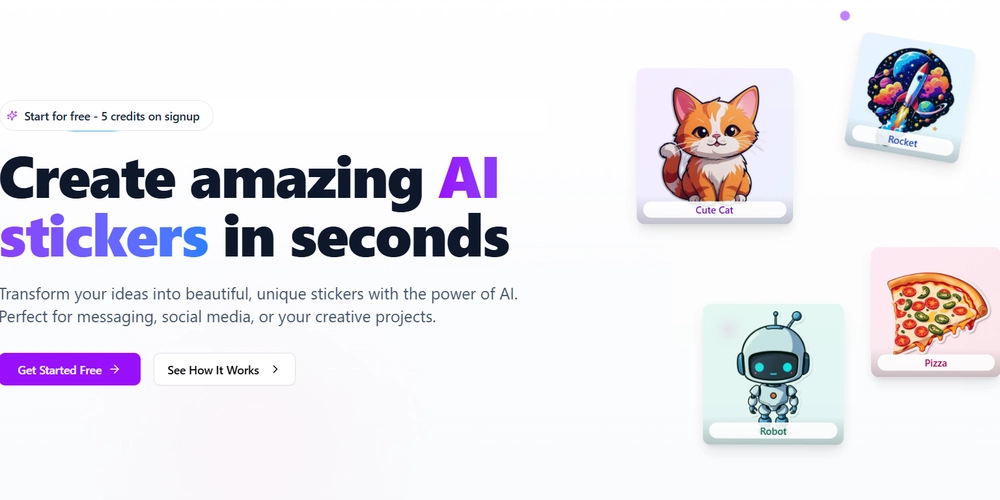
After four years as a freelance full-stack developer, I decided to join the indie hacking movement and build my own micro SaaS. The result? StickersAI – an AI-powered sticker generator that creates custom stickers from text prompts.
The Unexpected Journey
I had spent years comfortable in my code editor, building products for clients. When I decided to create StickersAI, I naively thought that development would be the challenging part. I couldn't have been more wrong.
While building the product was straightforward for someone with my background, I quickly discovered that creating a SaaS business involves much more than just writing code. Marketing, legal requirements, and tax considerations became my new daily challenges – areas I had never needed to master as a freelancer.
Tech Stack Snapshot
For those curious about what's powering StickersAI, here's the stack I chose:
- Frontend/Backend: Next.js
- Database/Auth: Supabase
- Styling: Tailwind CSS with shadcn UI components
- Monitoring: Sentry for error reporting
- AI Integration: OpenAI for prompt enhancement and Replicate for image generation
Leveraging V0 and Cursor AI as my development tools alongside this modern stack dramatically accelerated my workflow as a solo developer. These AI-powered tools handled much of the boilerplate. The combination of Next.js and Supabase proved especially valuable for indie hacking – providing enterprise-level capabilities with minimal DevOps overhead and a scaling path that grows with your user base.
Beyond The Tech
What shocked me was how little time I actually spent coding once the initial product was built. Instead, my days became filled with:
- Learning about marketing channels to reach potential users
- Setting up legal documents and understanding compliance requirements
- Figuring out tax implications for digital products sold globally
- Building a personal brand to support my product
The Vibe Coding Reality
"Vibe coding" your way to a successful micro SaaS looks glamorous on Twitter, but the reality is both more challenging and more rewarding than it appears.
The biggest takeaway? Technical skills are just one piece of the indie hacking puzzle. Being willing to learn, adapt, and push beyond your comfort zone is what ultimately determines success.
If you're a developer contemplating your own micro SaaS journey, know that the code is just the beginning – but don't let that stop you. The skills you'll develop along the way are invaluable, regardless of the outcome.
Feel free to check out StickersAI and reach out if you have questions about my indie hacking journey!
Happy vibe coding!



















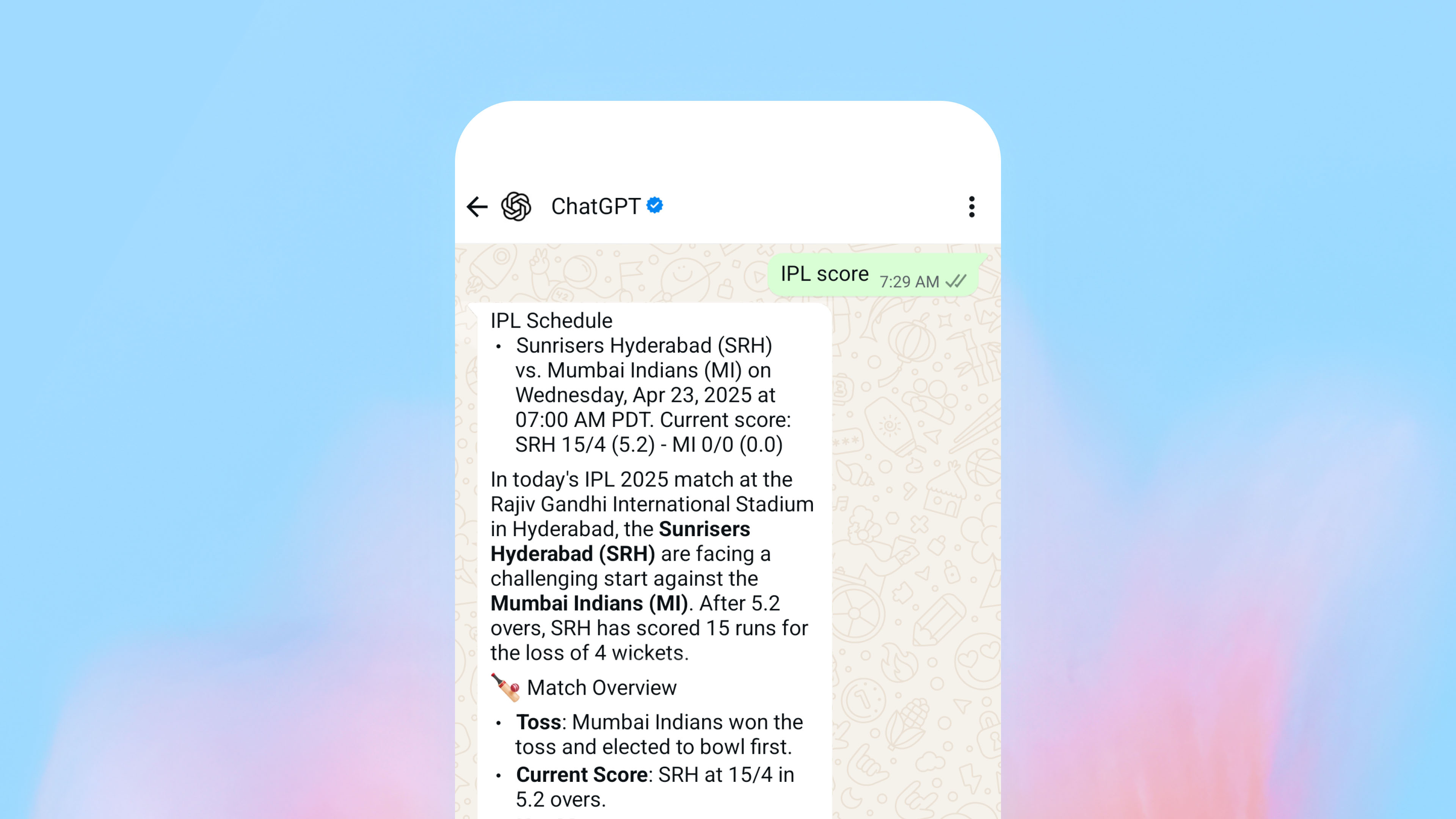
















































































































































![[The AI Show Episode 145]: OpenAI Releases o3 and o4-mini, AI Is Causing “Quiet Layoffs,” Executive Order on Youth AI Education & GPT-4o’s Controversial Update](https://www.marketingaiinstitute.com/hubfs/ep%20145%20cover.png)













































































































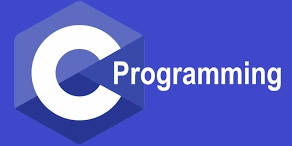

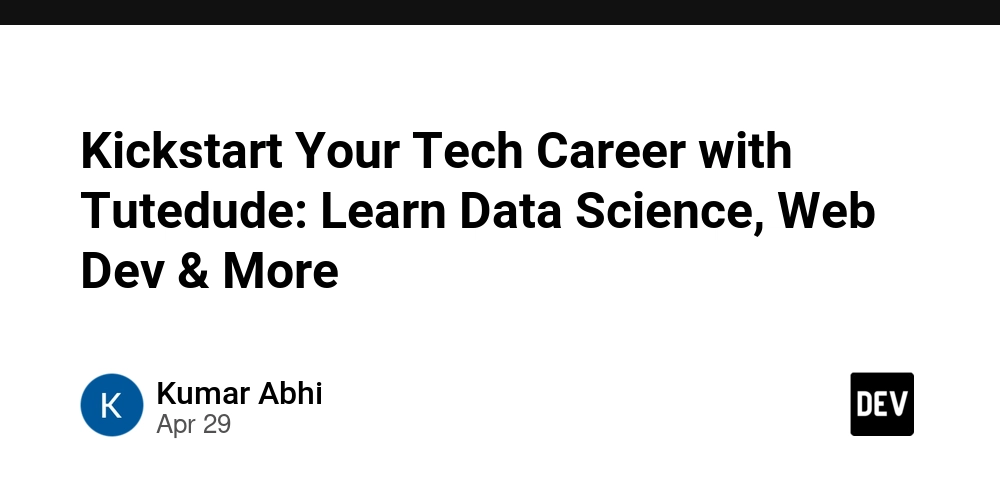
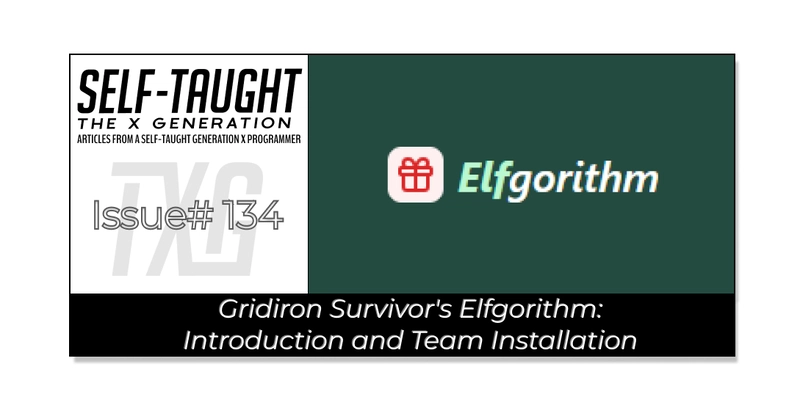
























































































































































_NicoElNino_Alamy.jpg?width=1280&auto=webp&quality=80&disable=upscale#)















































































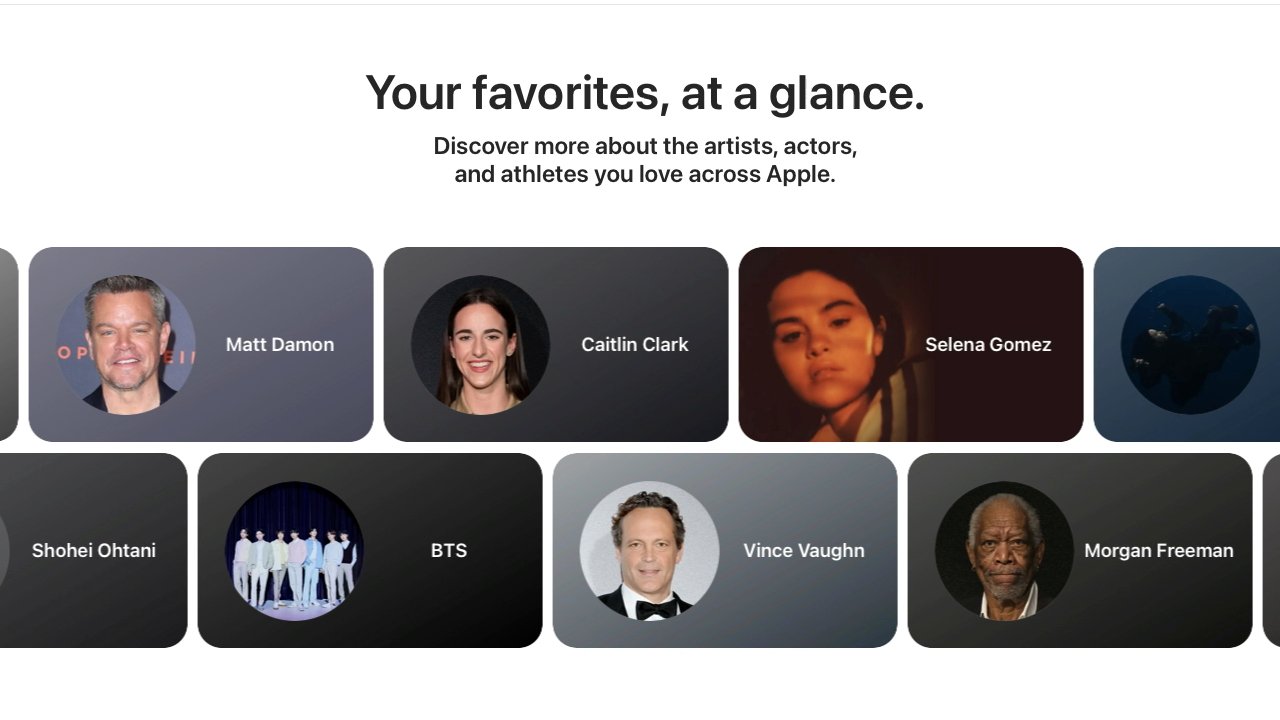
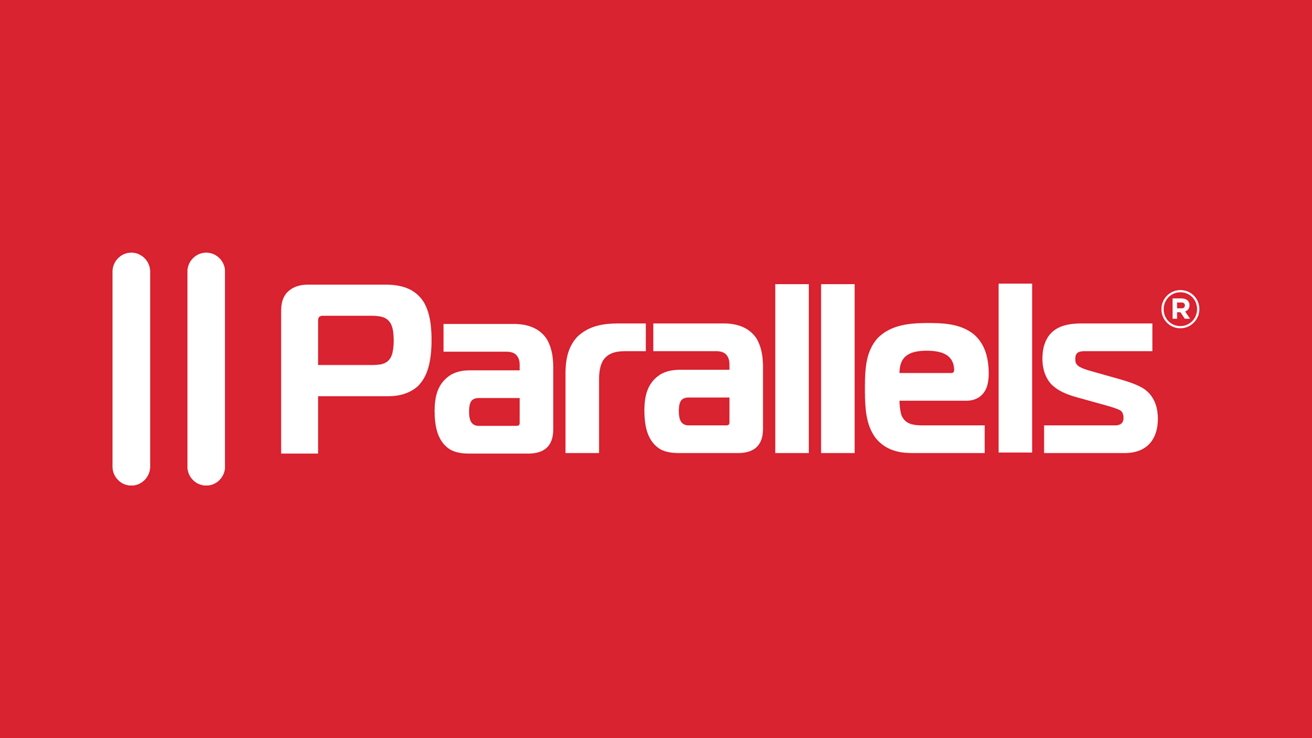


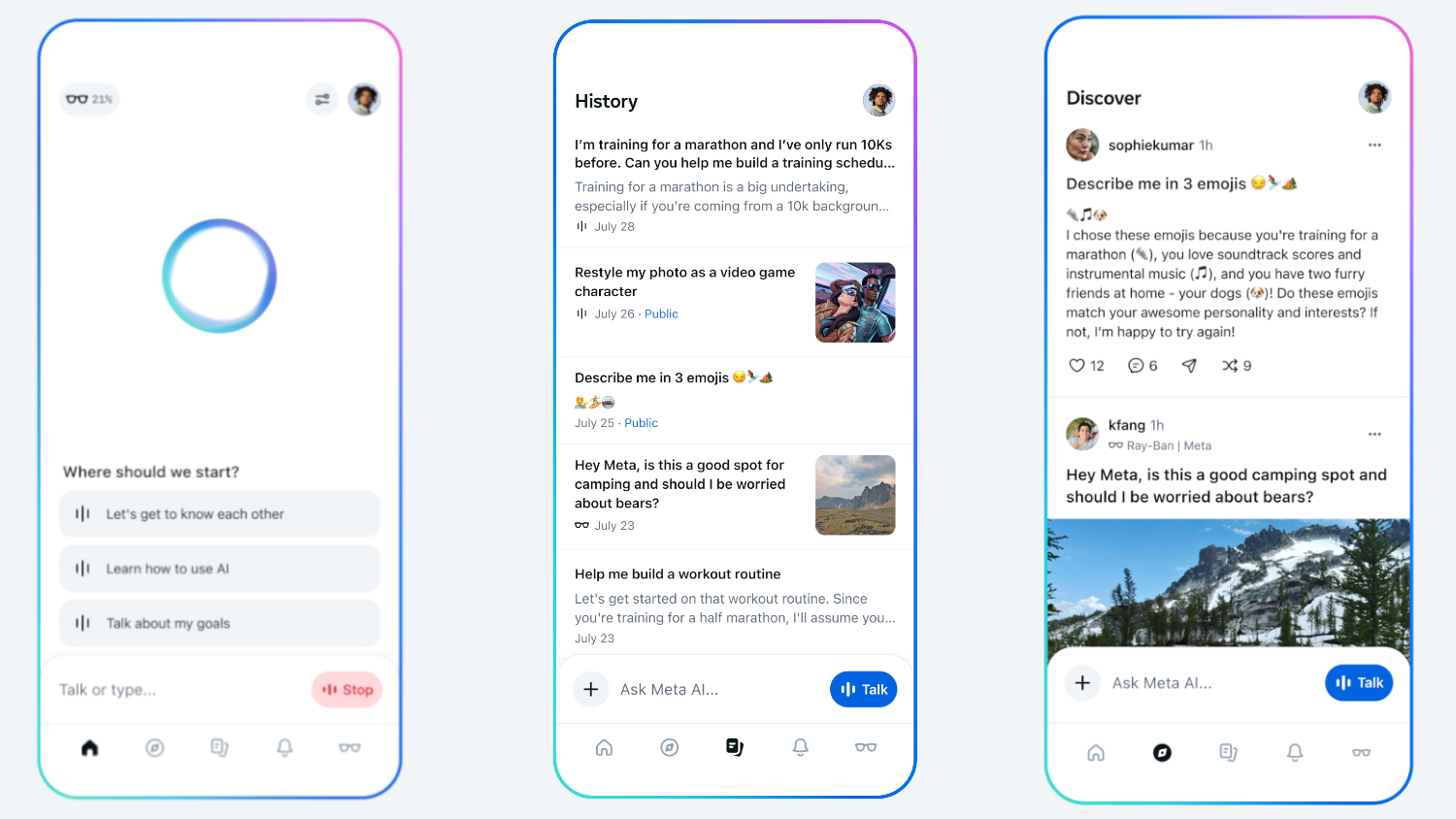




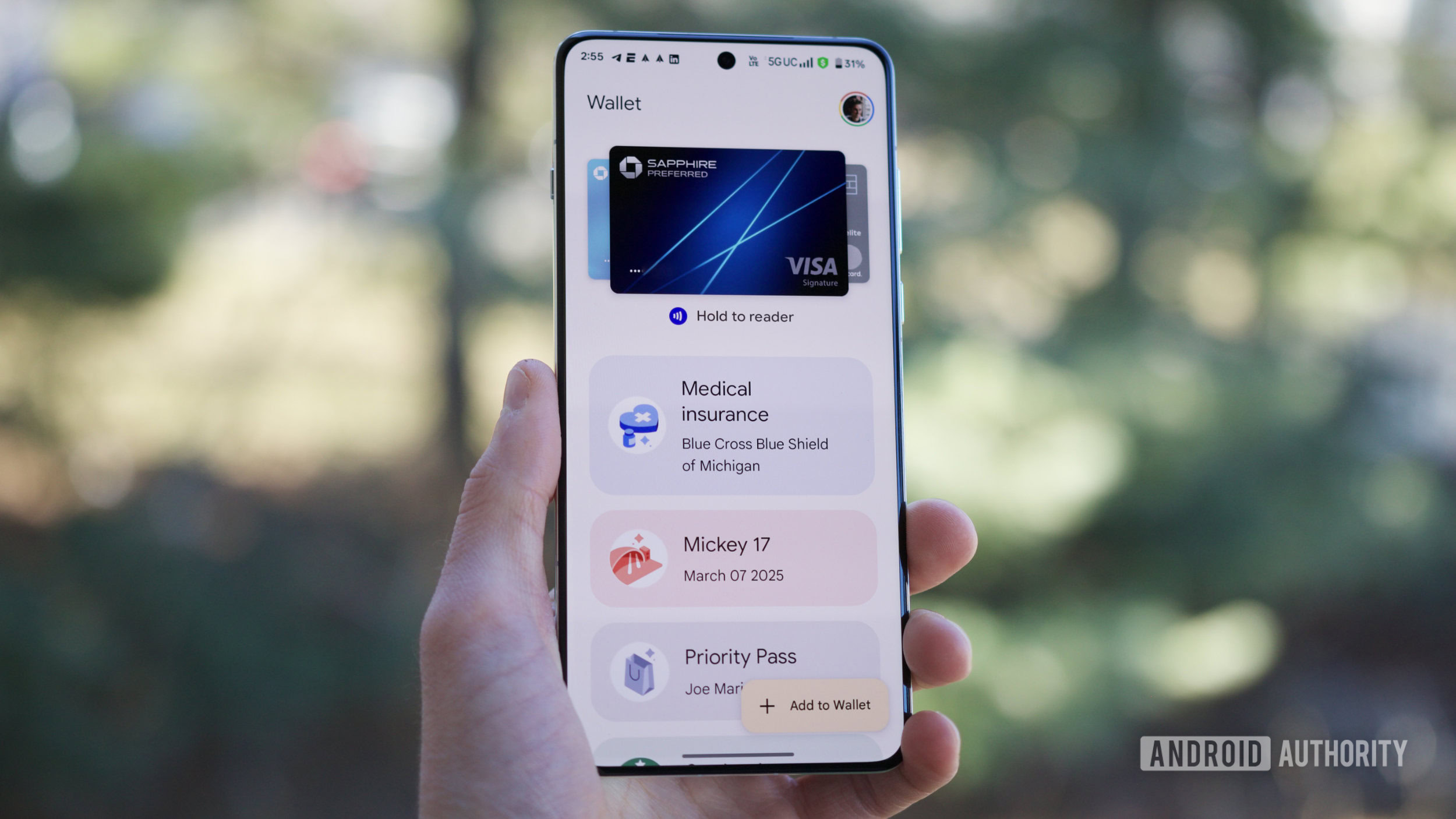



















![Standalone Meta AI App Released for iPhone [Download]](https://www.iclarified.com/images/news/97157/97157/97157-640.jpg)


















